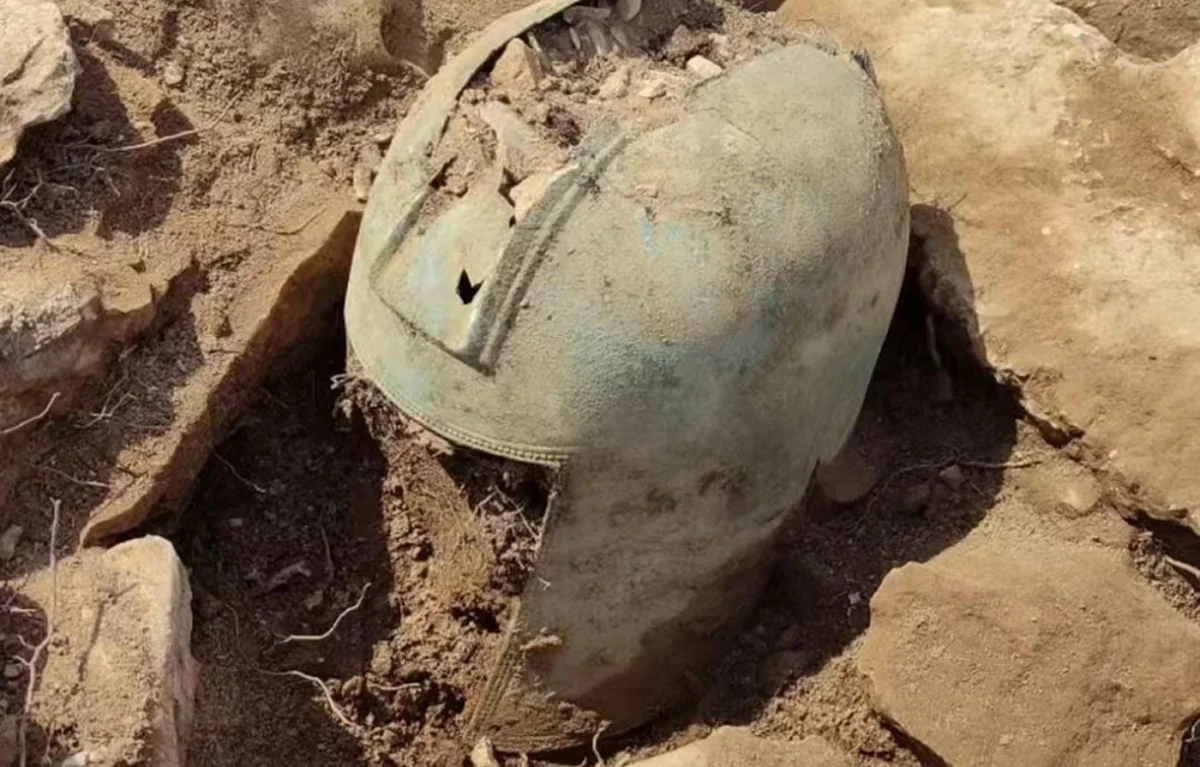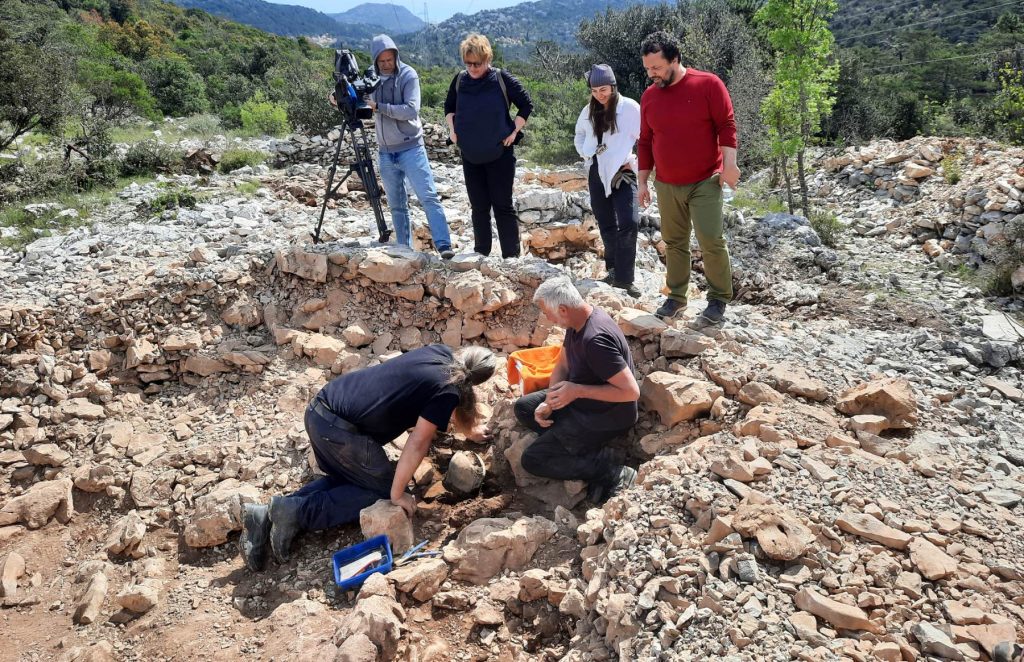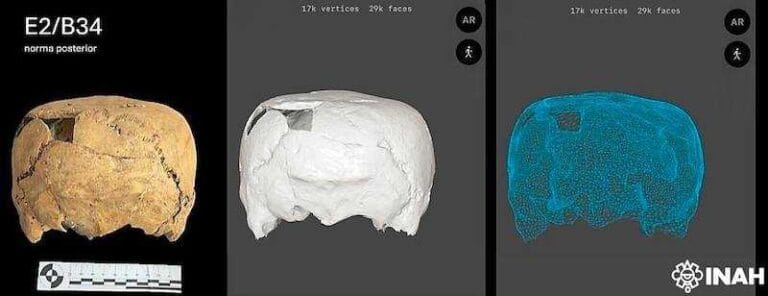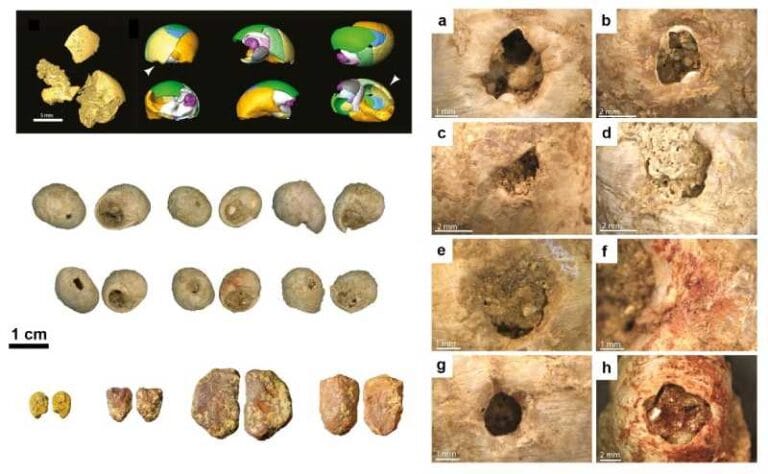2500-year-old Greco-Illyrian helmet discovered in Croatia

During excavations in the Gomila area of the town of Zakotorac on the Pelješac peninsula in Croatia, archaeologists unearthed a Greco-Illyrian helmet that is around 2500 years old.
This discovery is not new to the team; in 2020, at the same location, they found a similar helmet. However, this latest discovery is even older than the previous one, according to preliminary analyses. The earlier helmet probably belonged to an elite warrior, as suggested by his burial in a grave containing fragments of iron weapons.
Experts speculate that the newly discovered helmet may have been deposited as a votive act, given its find in a dry stone-walled tomb. The exciting news was announced last Wednesday morning by Marta Kalebota, archaeologist at the Korcula City Museum and member of the excavation team in Zakotorc.

“Hrvoje lifted the stone and started shouting that he had also found a helmet! It’s an understatement to say it feels phenomenal. I’m very excited, an incredible discovery, and for the second time. This helmet was found ten meters away, in a straight line, from the place where the first one was found. It is a little different, it stands out from the pages that make us conclude that what was found now dates back to the 6th century BC, which means it is older than the first, but we need to research the details further”, said archaeologist Kalebota .
“What is very interesting is the fact that two different types appear here in the same place, which speaks of a continuity of power in the respective community. These helmets have always been a symbol of some kind of status and power,” said Professor Hrvoje Potrebica from the Department of Archeology at the Faculty of Philosophy in Zagreb.
The two helmets recovered represent distinct types and periods: The helmet unearthed in 2020 follows a model commonly used in Greece and Illyria during the 4th century BC. It is characterized by an open face with a rectangular section for the face and ornaments on the edges. On the other hand, the recently discovered helmet is dated to the 6th century BC and is considered exceptionally rare. The occurrence of two distinct Greco-Illyrian helmets in the same location is truly unprecedented.
This discovery, together with an extensive collection of clothing, jewelry and funerary artifacts unearthed throughout the excavations, considerably expands our understanding of the funerary practices of Illyrian communities during the second half of the first millennium B.C.






